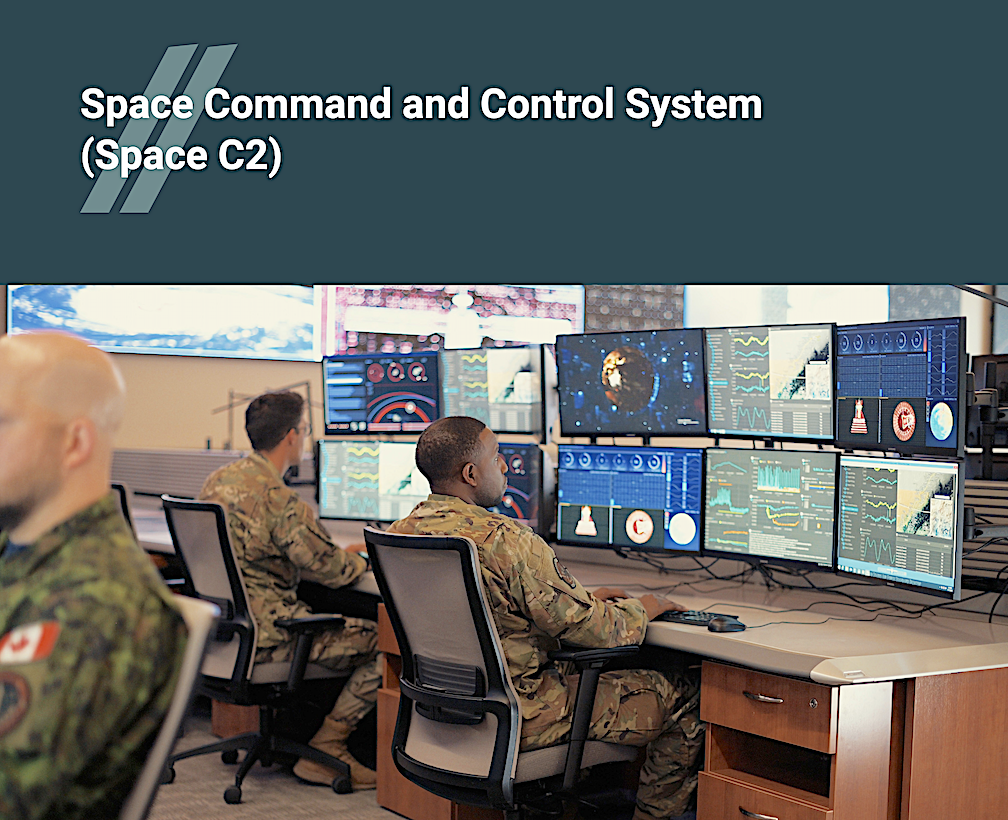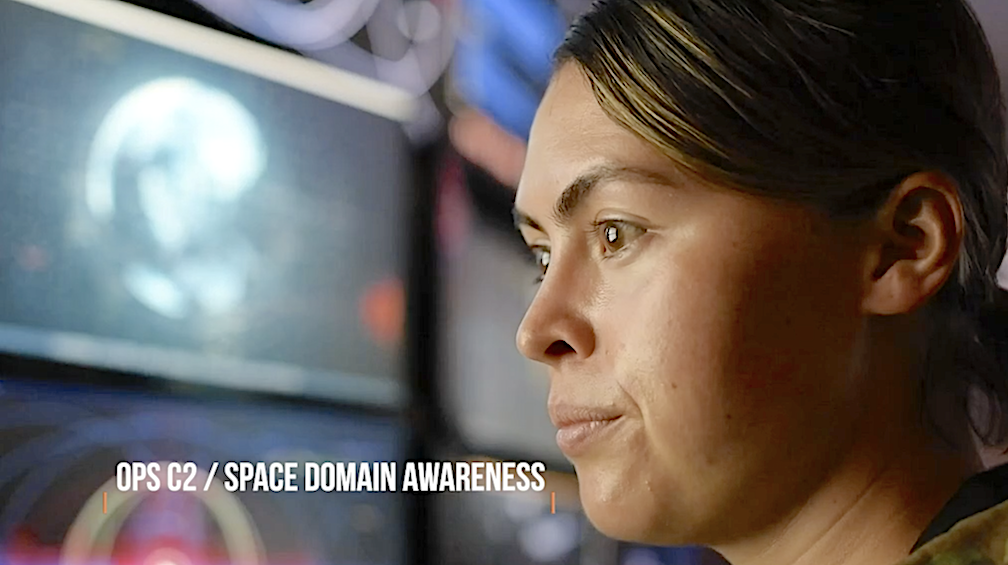
The commander of Space Operations Command’s Space Delta 2 (DEL 2) – Space Domain Awareness & Battle Management — has approved the trial period entry of the Consolidated Operational Data Archive (CODA) on July 8, 2024.
Attaining entry into the trial period was achieved through collaborative efforts between Space System Command’s Cross Mission Data (XMD) branch, the National Space Defense Center (NSDC), Headquarters Space Delta 2, the 18th and 19th Space Defense Squadrons (SDS), and L3Harris teams in Colorado Springs, Colorado. XMD, as a critical component Space Command and Control (C2) program within the Battle Management Command, Control and Communications program executive office, provides a range solutions to expand assessibility and utilization of space data for Space Delta 2 operators presented to United States Space Command.

CODA is an automated system that provides U.S. Space Force (USSF) operators with access to commercial and non-traditional data sources, expanding the amount of data that can be transformed into actionable information. It addresses two major challenges often associated with utilizing commercial or non-traditional data sources. First, data is often received from a wide range of commercial partners whose data are in different formats that is incompatible with current USSF C2 systems. Second, there are limitations with the USSF’s ability to implement quality control from these incoming data sources. Most importantly, this automated system breaks down the barriers between commercial, international, and U.S. Government space situational awareness data and combines them toward a combined, coherent, common operating picture.
CODA is programed to automatically translate each of these data sources into a format that the Space Force can use for purposes spanning human spaceflight safety to fires and maneuver It also implements a quality control algorithm on the translated data by comparing the incoming information to already existing data within the library. If within a specified degree of relatability to what the USSF needs, data gets pushed through for operational integration and application at the appropriate classification. If data does not meet the standard, it gets diverted to a location where unused data can still be applied to analysis but is not automatically filed into operational use.

By acting as both a translation and quality control tool, CODA enables global sources of data to securely enter USSF’s battle management systems, which allows operators to safely access a broad range of commercial and non-traditional sensor data from all over the world, to include sources such as the Joint Commerical Office and international partners. With greater access to data from broader commercial sources, space operators can generate a more complete picture of the space domain and alleviate operators from manually tracking satellites in areas where U.S. government assets are not optimized, minimizing “blind spots” and reducing dependence on disparate sources not directly tied to defense systems.
CODA also helps facilitate the objectives of the USSF’s Commercial Space Strategy published on April 8, 2024, which emphasizes the importance of leveraging commercial assets to strengthen resiliency, expand cooperation, compel integration and spur innovation to ensure strategic advantage amidst the Great Power Competition. It enables the ability to leverage as well as integrate data from mix of organic, allied, and commercial space solutions into hybrid architectures thus fortifying our nation’s security posture.
“By breaking down barriers between government, coalition, and commercial space situational awareness data, CODA allows us to create a tailored, operations-relevant understanding that directly informs tactical fires and maneuver decisions,” said Col. Raj Agrawal, DEL 2 commander. “This comprehensive picture is essential for maintaining competitive endurance in space and avoiding operational surprise. By staying informed and prepared, the Space Force can ensure they are not surprised, outmaneuvered, or outmatched in a potential space conflict.”

DEL 2 is the USSF unit responsible for space domain awareness and battle management that relies heavily on accurate and timely data to identify, track, and characterize objects in space. By integrating commercial data sources through CODA, DEL 2 gains a more comprehensive picture of the space environment, allowing them to make more informed decisions and react faster to potential threats.
The growing capabilities of adversaries and near-peer competitors highlight the importance of information advantage in modern warfare. Rapid integration of diverse data sources plays a critical role in supporting multi-domain operations and ensuring the safety of warfighters. This capability is increasingly important for the development of Joint All-Domain Command and Control (JADC2), which is a concept for information-based warfighting that aims to seamlessly connect operations across land, air, sea, space, and cyberspace. Systems like CODA contribute to these efforts by facilitating the integration of new data sources, which is essential for JADC2’s success.
CODA’s trial period will assess test cases to integrate various data streams into a standardized workflow. This includes data from the Air Force Research Laboratory’s Wide Area Search (WAS) telescope system and the commercial company ExoAnalytics. The WAS system, operated by DEL 2’s 15th Space Surveillance Squadron on the Island of Maui, Hawaii, consists of a pair of 1.2-meter telescopes specifically designed for wide-area sky surveys. Located near Ground-Based Electro-Optical Deep Space Surveillance Maui telescopes, WAS partners with them to optimize tasking and search operations across geosynchronous orbits.
